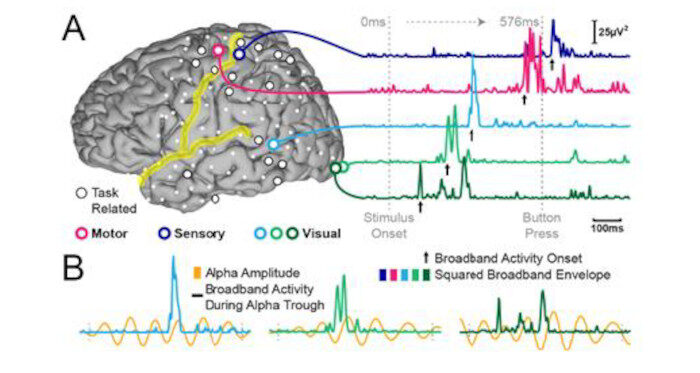
© Neurologica Blog
Someone very kindly provided me with a copy of the slides from Sunday's presentation. They sent them to me because I have a Ph.D. and I work in research therefore I will respect the sender's request that they only be presented in an academic context and I will not post any of the actual slides on here, or supply copies. That being said much of the key bits of data can be found in the abstract that Z posted the following link to:
Link to AHA 2022 AWARE II abstractNow to the presentation.
The background looks at the physiological factors around death and resuscitation, and has a slide on the pig study. It then looks at the different types of experience that are recalled, and also the psychological impact of these experiences. The historically low percentage of visual recollections is highlighted and he uses AWARE I as a source of evidence for this. He then moves on to the study itself.
Firstly he states 3 specific hypotheses related to Near Death Experiences:
- Consciousness and awareness - with explicit and implicit learning - and cognitive experiences occur during cardiac arrest
- Cognitive experiences may be related to the quality of brain resuscitation.
- Experiences during states of unconsciousness may impact longer term psychological outcomes in survivors
It is important to note that while the first hypothesis refers to consciousness during CA, none of these hypotheses explicitly relate to dualism or refer to the possibility of the consciousness surviving death, which is after all what we initially believed the AWARE studies were about, and what in fact Parnia himself has stated repeatedly in public outside of the context of a clinical scientific audience - an important point. The second and third hypotheses relate more to his medical discipline as an ER doctor.
In subsequent slides he details the design of the study, and there is a new twist to this. Due to the lack of survivors from CA, a sad but inevitable problem that has plagued all his studies, he has decided to include retrospective data from reports of consciousness during CA that did not occur within the prospective AWARE II study. This was to provide qualitative information on experiences. As a researcher myself,
I find the inclusion of retrospective data in a prospective study a little troublesome. I get why he might do this, but it makes the research potentially messy. However, thankfully that does not happen when it comes to the presentation of the prospective results.After this the other techniques are discussed - brain oxymetry, EEG, headphones and a tablet generating audio and visual "clues".
During the study memories that were reported were measured against a 32 point NDE scale, and any visual or auditory reports were collected and cross referenced with computer files listing the clues that were generated at the various timepoints.

Comment: Here's a talk given by Dr. Grossman earlier this year at the Miami National Conservatism Conference: